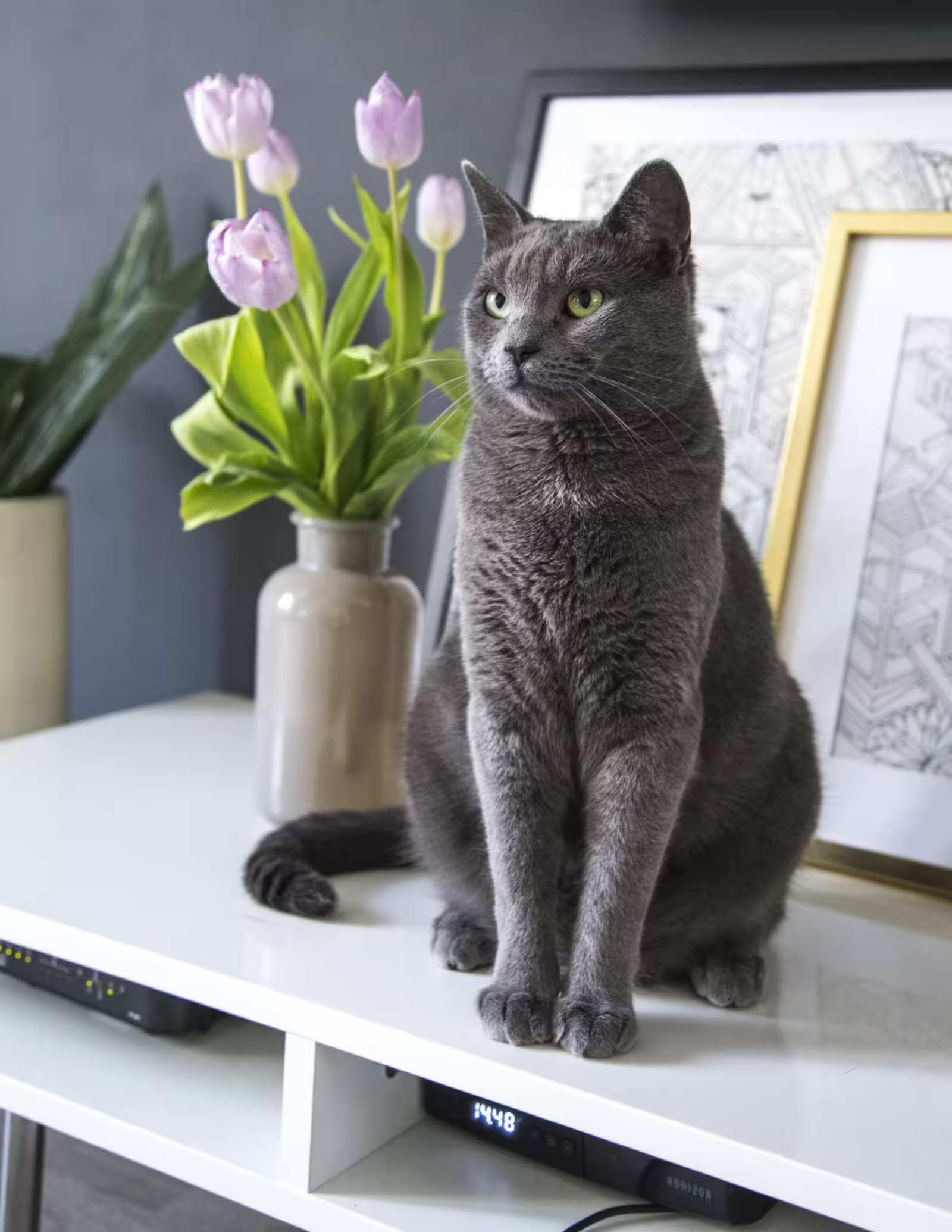If you’ve ever noticed your cat sitting at the window, chirping or chattering away at the outside world, you might be curious about what’s going on. This fascinating behavior, often referred to as “cat chattering,” can be both amusing and puzzling. In this blog, we’ll explore why cats chatter, what it signifies, and how you can interpret your feline’s window-side antics.
1. Understanding Cat Chattering
Cat chattering is a distinct vocalization that combines sounds like chirps, clicks, and trills. This behavior usually occurs when a cat is observing something outside, such as birds, squirrels, or other small animals. The vocalizations are often accompanied by intense focus, with your cat’s eyes wide and body tense.
2. Evolutionary Roots of Chattering
Predatory Instincts
One theory behind cat chattering is that it is a remnant of their predatory instincts. In the wild, cats use a variety of sounds to communicate with potential prey. The chirping sound might mimic the calls of small animals, or serve to disorient or lure them closer. Your domestic cat’s chattering could be a way of practicing these ancestral hunting techniques.
Frustration and Distraction
Another explanation is that chattering represents a cat’s frustration. When a cat sees potential prey but can’t reach it due to barriers like glass windows, the chirping could be an expression of frustration. It’s akin to a human expressing their displeasure verbally when something they want is just out of reach.
3. The Social Aspect of Chattering
Communication with Humans
Cats are known for their ability to adapt their behavior based on their human companions. Some experts suggest that cats might use chattering as a way to communicate with their owners. When a cat chirps at the window, it could be attempting to share its excitement or alert its human to the presence of something interesting.
Inter-Cat Communication
Chattering might also serve as a form of communication with other cats. In multi-cat households, a cat may chatter to signal its presence or to get the attention of its feline housemates. This behavior could be a way of asserting its dominance or simply engaging in social interaction.
4. Observational Insights
Behavioral Patterns
Pay attention to the context in which your cat chatters. Does it happen at specific times of day or in response to certain stimuli? For example, if your cat chatters every time it sees a bird, it might be expressing its predatory drive. If the behavior is more frequent during certain seasons, it could be linked to changes in animal activity or migration patterns.
Health and Well-Being
In some cases, persistent chattering could indicate underlying health issues. If the behavior is accompanied by other symptoms, such as a loss of appetite or changes in behavior, a visit to the vet might be necessary. However, if your cat is otherwise healthy, chattering is likely a normal part of its behavioral repertoire.
5. How to Respond to Your Cat’s Chattering
Enrichment and Stimulation
To keep your cat mentally and physically stimulated, consider providing enrichment activities. Interactive toys, puzzle feeders, and outdoor cat enclosures can help satisfy your cat’s predatory instincts and reduce frustration.
Safe Outdoor Exploration
If your cat seems particularly fixated on the outside world, providing safe ways for it to explore can be beneficial. Cat patios, or “catios,” can offer a secure environment for your cat to enjoy the sights and sounds of nature without the risks of outdoor dangers.
6. Conclusion
Cat chattering is a multifaceted behavior with roots in predatory instincts, communication, and environmental interactions. While it can be a source of entertainment and curiosity, understanding the reasons behind this behavior can deepen your bond with your feline friend. By paying attention to the context and providing appropriate enrichment, you can help ensure your cat remains happy and engaged.











Leave a Reply